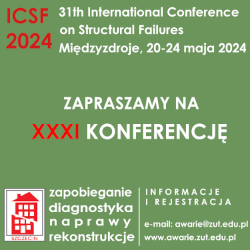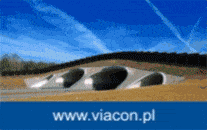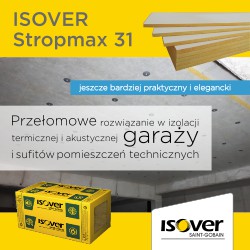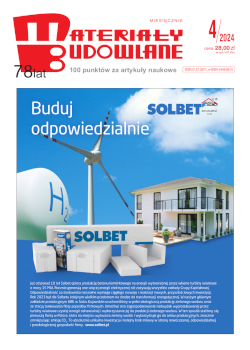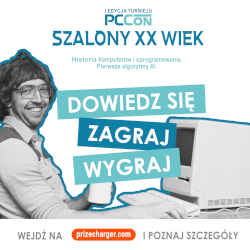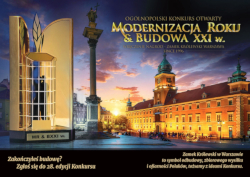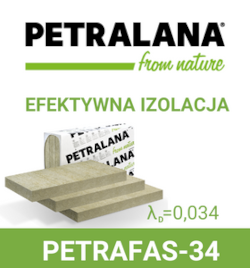mgr inż. Paweł Sikora, Politechnika Warszawska, Zachodniopomorski Uniwersytet Technologiczny w Szczecinie
dr hab. inż. Elżbieta Horszczaruk, prof. ZUT, Zachodniopomorski Uniwersytet Technologiczny w Szczecinie
dr inż. Teresa Rucińska, Zachodniopomorski Uniwersytet Technologiczny w Szczecinie
Agnieszka Straszyńska, Zachodniopomorski Uniwersytet Technologiczny w Szczecinie
Autor do korespondencji: Ten adres pocztowy jest chroniony przed spamowaniem. Aby go zobaczyć, konieczne jest włączenie w przeglądarce obsługi JavaScript.
DOI: 10.15199/33.2015.05.47
W artykule przedstawiono wyniki badań wpływu wysokiej temperatury na wybrane właściwości mechaniczne zapraw cementowych zawierających zamiennik kruszywa naturalnego w formie stłuczki szklanej. Pokazują one, że stłuczka szklana pochodząca z odpadów komunalnych stosowana jako zamiennik kruszywa może znaleźć zastosowanie w produkcji kompozytów cementowych o podwyższonej odporności na działanie wysokiej temperatury.
Słowa kluczowe: pożar, zaprawy cementowe, stłuczka szklana, wysoka temperatura, właściwości mechaniczne.
* * *
The influence of elevated temperature on the mechanical properties of cement mortars with waste glass
In the study the influence of elevated temperature on the selected mechanical properties of cement mortars containing waste glass as a sand replacement is presented. Study has shown that use of waste glass as a sand replacement can contribute to obtain cementitious composites exhibiting similar or improved high temperature resistance.
Keywords: fire, cement mortars, waste glass, elevated temperature, mechanical properties.
Literatura:
[1] Aly M., Hashmi M. S. J in al., Effect of colloidal nano-silica on the mechanical and physical behavior of waste-glass cement mortar, Materials and Design, 33/2012.
[2] Bhandari. P. S, Tajne. K. M., Use of waste glass in cement mortar, International Journal of Civil and Structural Engineering, 4/2013.
[3] Degirmenci N., Yilmaz A. in al.: Utilization of waste glass as sand replacement in cement mortar, Indian Journal of Engineering & Materials Sciences, 18/2011.
[4] Najduchowska M., Różycka K., Rolka G., Ocena możliwości wykorzystania stłuczki szklanej w przemyśle budowlanym w aspekcie jej wpływu na środowisko naturalne, Prace ICiMB, 17/2014.
[5] Rilem Technical Committees 129-MHT, Test methods for mechanical properties of concrete at high temperatures, part 1: introduction, part 2: stress–strain relation, part 3: compressive strength for service and accident conditions, Materials and Structures 28/1995.
[6] Shi C., Zheng K., A review on the use of waste glasses in the production of cement and concrete, Conservation and Recycling, 52/2007.
[7] Terro M. J.: Properties of concrete made with recycled crushed glass at elevated temperatures, Building and Environment, 41/2006.
[8] Topcu I. B., Canbaz M.: Properties of concrete containing waste glass, Cement and Concrete Research, 34/2004
[9] Wang H-Y., Hou T-C.:AStudy of Elevated Temperatures on the Strength Properties of LCD Glass Powder Cement Mortars. Integrated Waste Management – Volume I – Chapter 20, InTech, Shanghai 2011.
[10] Wang H-Y.: The effect of the proportion of thin film transistor–liquid crystal display (TFT–LCD) optical waste glass as a partial substitute for cement in cement mortar. Construction and Building Materials, 25/2011.
Materiały Budowlane 5/2015, s. 116- 118 (spis treści >>)










